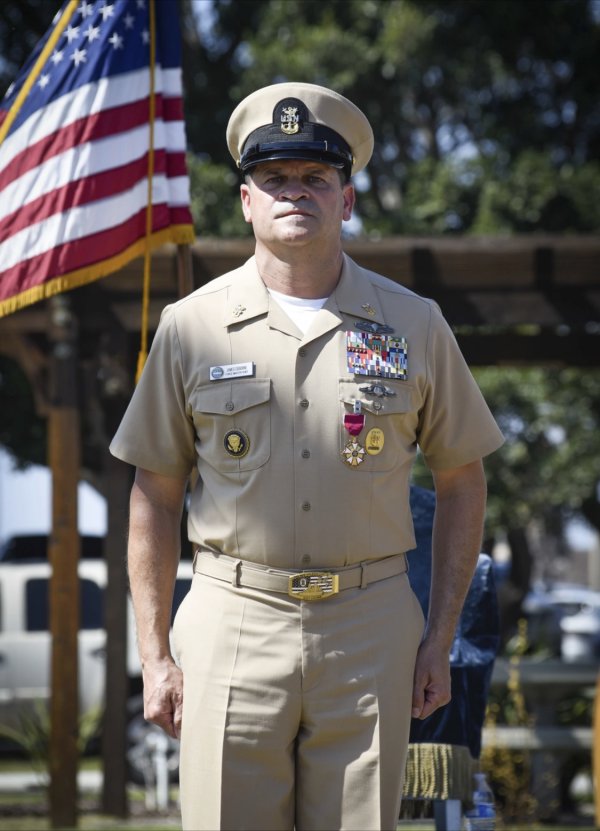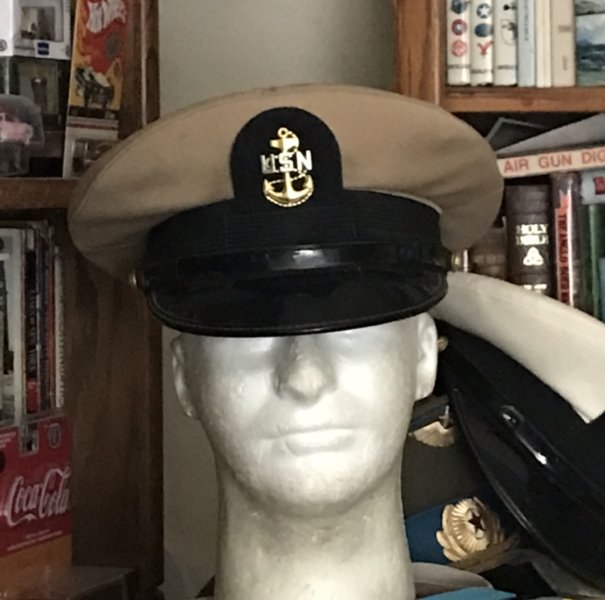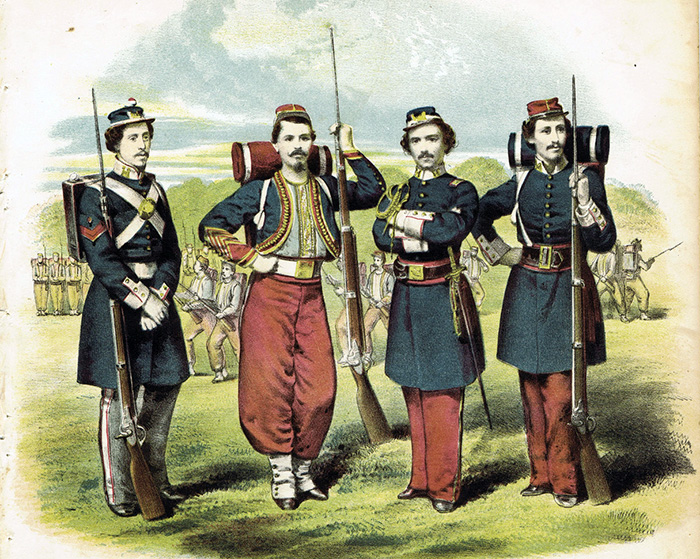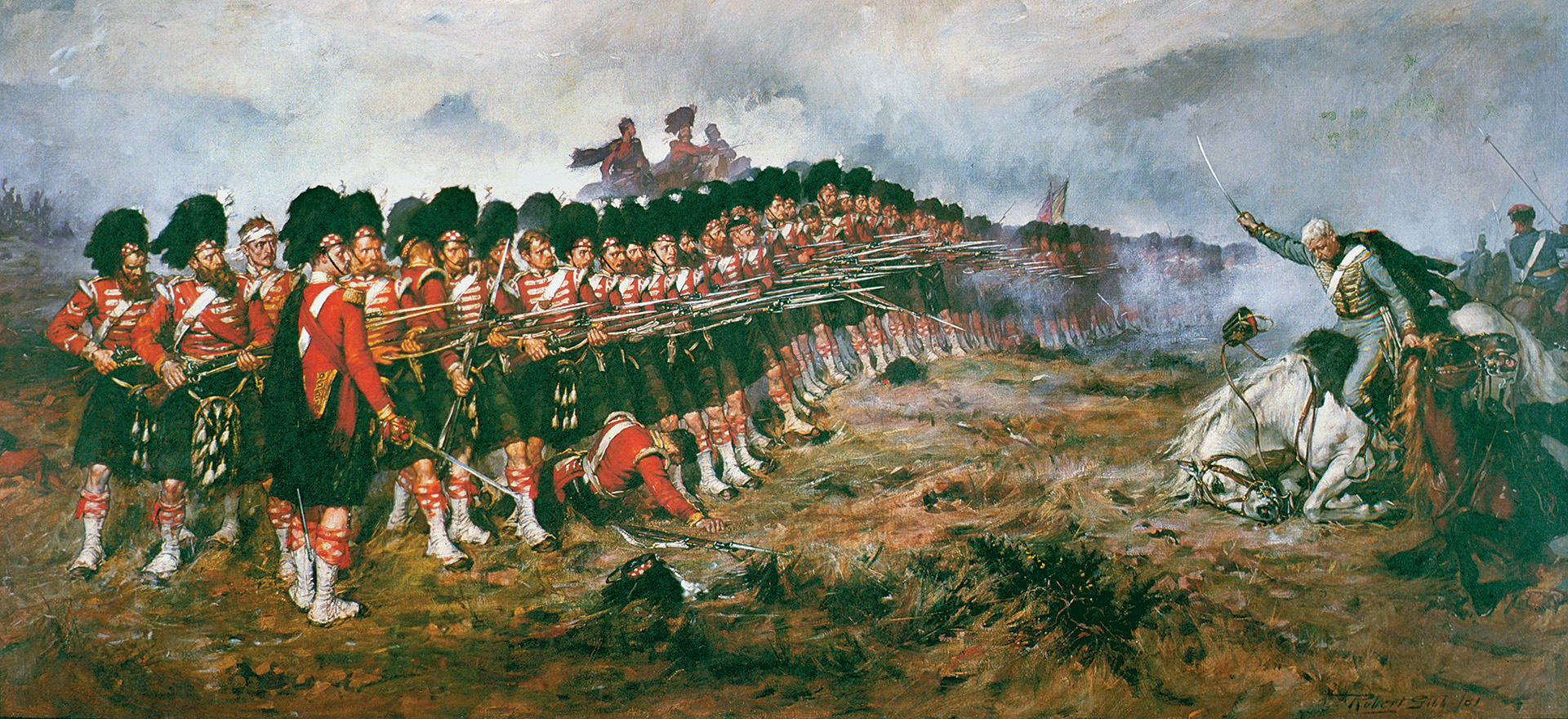I was stationed in Germany when I was in the army and that can be a cold, damp place. We still had wool shirts for field use and the heavier cargo pants, too, instead of fatigues for the winter. The rest of the time it was fatigues. One pair of field pants were the old style without cargo pockets.
In WWII there were several less common coats and jackets on issue, most intended for very cold climates. There was a so-called artic version of the field jacket, which was just a slightly longer and slightly heavier jacket. The Navy deck jacket is almost the same except for the color and the additional pocket. I doubt it's still in use. Of the less common coats and jackets, the mackinaw was probably the most widely issued and they appear in a lot of photos. There were also one or two different knee-length coats for cold weather, very much like a civilian coat. The most unusual issue clothing item might have been flannel-lined cotton khaki pants, a style still available.
One interesting point, which I probably already mentioned, was how few uniforms recruits were actually issued when they entered the service.
In WWII there were several less common coats and jackets on issue, most intended for very cold climates. There was a so-called artic version of the field jacket, which was just a slightly longer and slightly heavier jacket. The Navy deck jacket is almost the same except for the color and the additional pocket. I doubt it's still in use. Of the less common coats and jackets, the mackinaw was probably the most widely issued and they appear in a lot of photos. There were also one or two different knee-length coats for cold weather, very much like a civilian coat. The most unusual issue clothing item might have been flannel-lined cotton khaki pants, a style still available.
One interesting point, which I probably already mentioned, was how few uniforms recruits were actually issued when they entered the service.


















